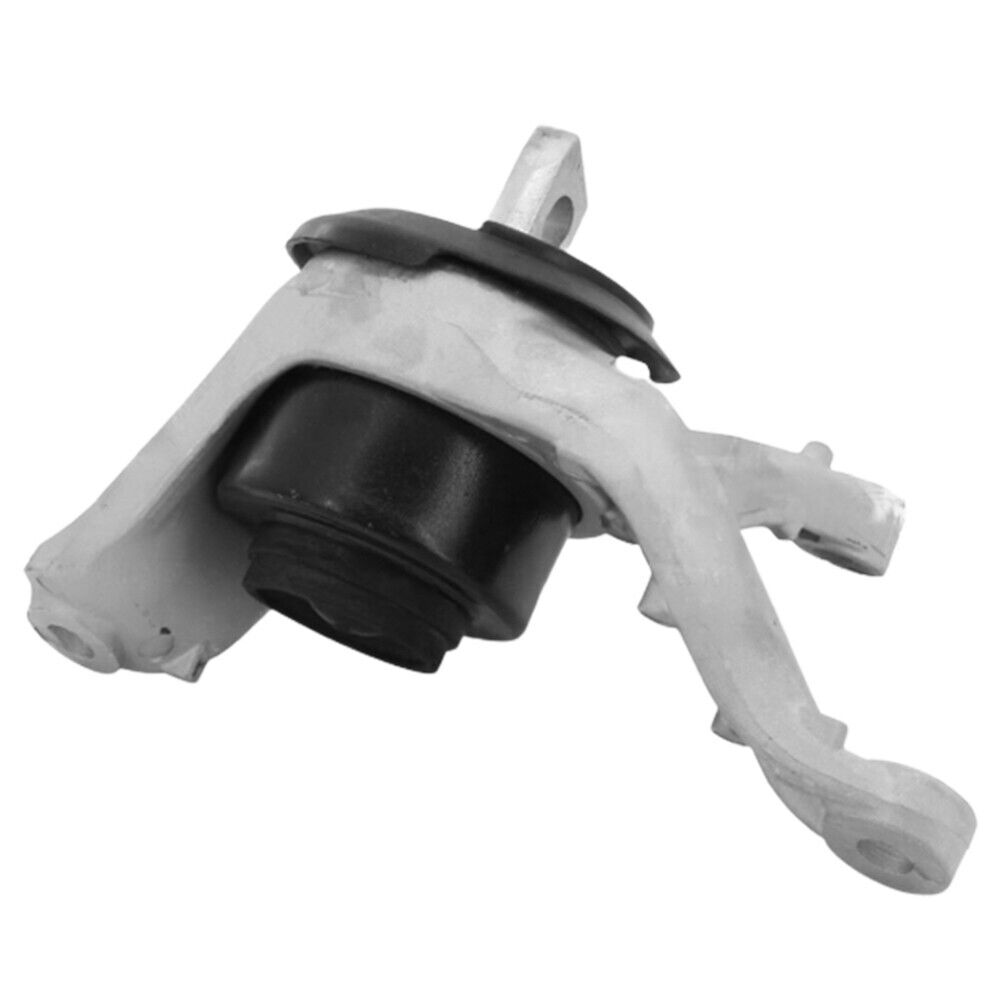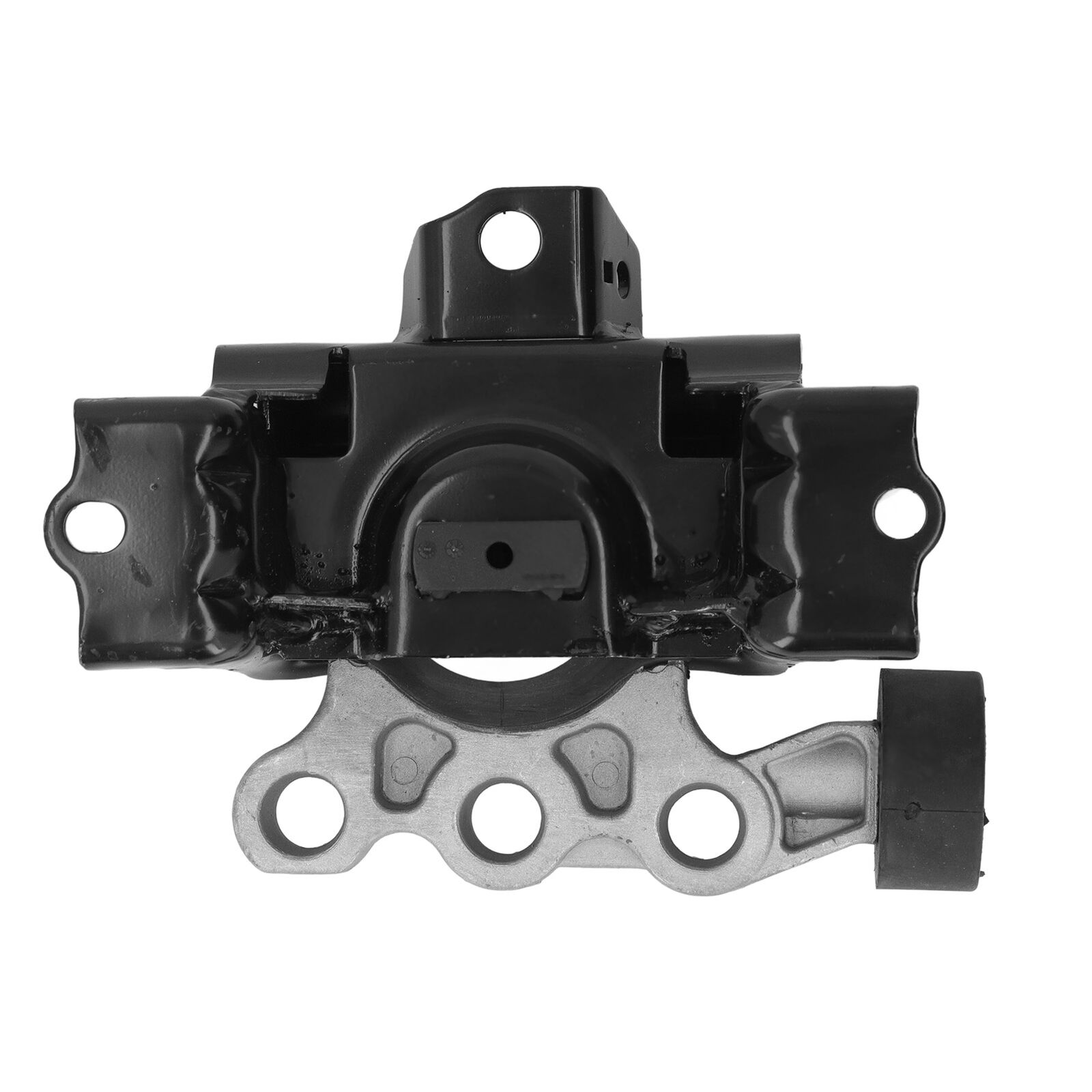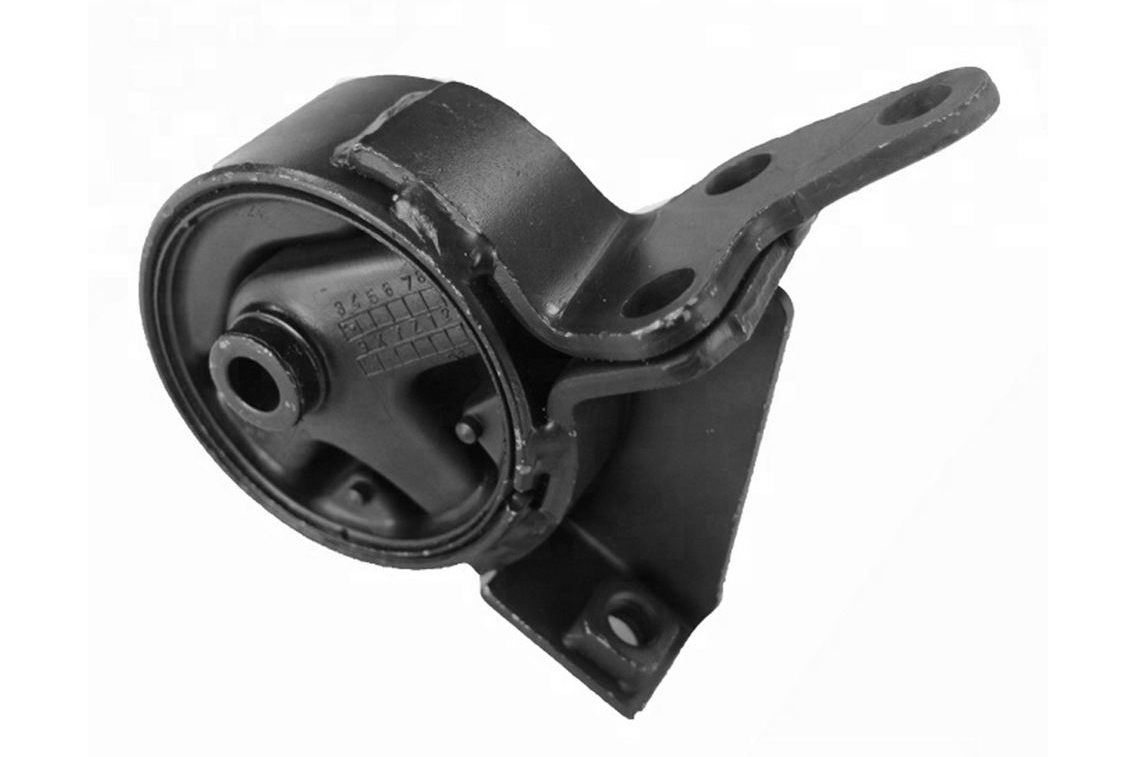Categories
Hot News

Online consulting
If you have any questions, please contact our online customer service staff immediately
The Engine Mount: An Unsung Hero in Vehicle Performance and NVH Management
 Click:145
Click:145  Time:2025-10-30 11:15:17
Time:2025-10-30 11:15:17
Within the complex ecosystem of an automobile, the engine mount plays a role far more critical than its simple appearance might suggest. Often overlooked, this component is a cornerstone of vehicle dynamics, directly influencing drivability, safety, and passenger comfort. Fundamentally, an engine mount is a specialized component that serves two primary, yet contradictory, functions: to securely hold the engine and transmission in place within the chassis, and to effectively manage and isolate the vibrations and shocks generated by the powertrain.
The core challenge lies in the nature of internal combustion engines. Their operation produces significant inertial forces, torque fluctuations, and inherent imbalances, all of which translate into vibrations and noise. Without a proper mounting system, these forces would be directly transmitted into the vehicle's frame, leading to an unbearable driving experience characterized by excessive shaking and a loud, unpleasant cabin noise. This is where the mount's isolation properties become paramount.
Traditional engine mounts were simple, solid rubber blocks bonded between metal brackets. While effective at limiting major engine movement, their passive nature offered a compromise. They could dampen high-frequency vibrations reasonably well but struggled with low-frequency, high-amplitude movements, such as engine start-up/shut-down or sudden acceleration/deceleration. The rigid nature of solid rubber also transmitted a significant amount of high-frequency noise.
To address these limitations, the industry has evolved towards more sophisticated hydraulic and active mount technologies. Hydraulic engine mounts, now commonplace, contain a fluid-filled chamber and a series of orifices and decouplers. Under small-amplitude, high-frequency vibrations (like idle), the system uses a decoupler to provide soft isolation. Under larger, low-frequency shocks (like hitting a bump), the fluid is forced through the orifices, creating damping resistance to control major engine movement. This dual-characteristic provides a markedly superior balance of refinement and control.
The pinnacle of this technology is the active engine mount, which incorporates sensors and an actuator. These "smart" mounts can counteract vibrations in real-time. By generating an opposing force of equal amplitude but opposite phase, active mounts can virtually cancel out specific, troublesome vibrations, offering an unprecedented level of quietness, particularly in hybrid vehicles where the engine starts and stops frequently.
A failing engine mount presents clear symptoms: excessive engine movement, a noticeable "thump" or "clunk" during gear shifts or acceleration, a dramatic increase in cabin vibrations, and even misalignment of ancillary components. Timely replacement is crucial, not only for comfort but also for safety, as a completely broken mount can lead to a loss of vehicle control.
In conclusion, the engine mount is a vital piece of automotive engineering. From a simple vibration damper to an active noise-cancellation device, its continuous evolution is a key enabler in the pursuit of the refined, comfortable, and high-performance vehicles we drive today. It truly is an unsung hero of the modern automobile.
The core challenge lies in the nature of internal combustion engines. Their operation produces significant inertial forces, torque fluctuations, and inherent imbalances, all of which translate into vibrations and noise. Without a proper mounting system, these forces would be directly transmitted into the vehicle's frame, leading to an unbearable driving experience characterized by excessive shaking and a loud, unpleasant cabin noise. This is where the mount's isolation properties become paramount.
Traditional engine mounts were simple, solid rubber blocks bonded between metal brackets. While effective at limiting major engine movement, their passive nature offered a compromise. They could dampen high-frequency vibrations reasonably well but struggled with low-frequency, high-amplitude movements, such as engine start-up/shut-down or sudden acceleration/deceleration. The rigid nature of solid rubber also transmitted a significant amount of high-frequency noise.
To address these limitations, the industry has evolved towards more sophisticated hydraulic and active mount technologies. Hydraulic engine mounts, now commonplace, contain a fluid-filled chamber and a series of orifices and decouplers. Under small-amplitude, high-frequency vibrations (like idle), the system uses a decoupler to provide soft isolation. Under larger, low-frequency shocks (like hitting a bump), the fluid is forced through the orifices, creating damping resistance to control major engine movement. This dual-characteristic provides a markedly superior balance of refinement and control.
The pinnacle of this technology is the active engine mount, which incorporates sensors and an actuator. These "smart" mounts can counteract vibrations in real-time. By generating an opposing force of equal amplitude but opposite phase, active mounts can virtually cancel out specific, troublesome vibrations, offering an unprecedented level of quietness, particularly in hybrid vehicles where the engine starts and stops frequently.
A failing engine mount presents clear symptoms: excessive engine movement, a noticeable "thump" or "clunk" during gear shifts or acceleration, a dramatic increase in cabin vibrations, and even misalignment of ancillary components. Timely replacement is crucial, not only for comfort but also for safety, as a completely broken mount can lead to a loss of vehicle control.
In conclusion, the engine mount is a vital piece of automotive engineering. From a simple vibration damper to an active noise-cancellation device, its continuous evolution is a key enabler in the pursuit of the refined, comfortable, and high-performance vehicles we drive today. It truly is an unsung hero of the modern automobile.
- Previous Article:
- Next Article: The Material Science of Engine Mounts: Engineering Comfort from the Molecular Level Up
TAG:
 hbtaiji@aliyun.com
hbtaiji@aliyun.com +86-18632966266
+86-18632966266








 Tel:
Tel: Email:
Email: Adds:
Adds: Home
Home WhatsApp
WhatsApp Email
Email